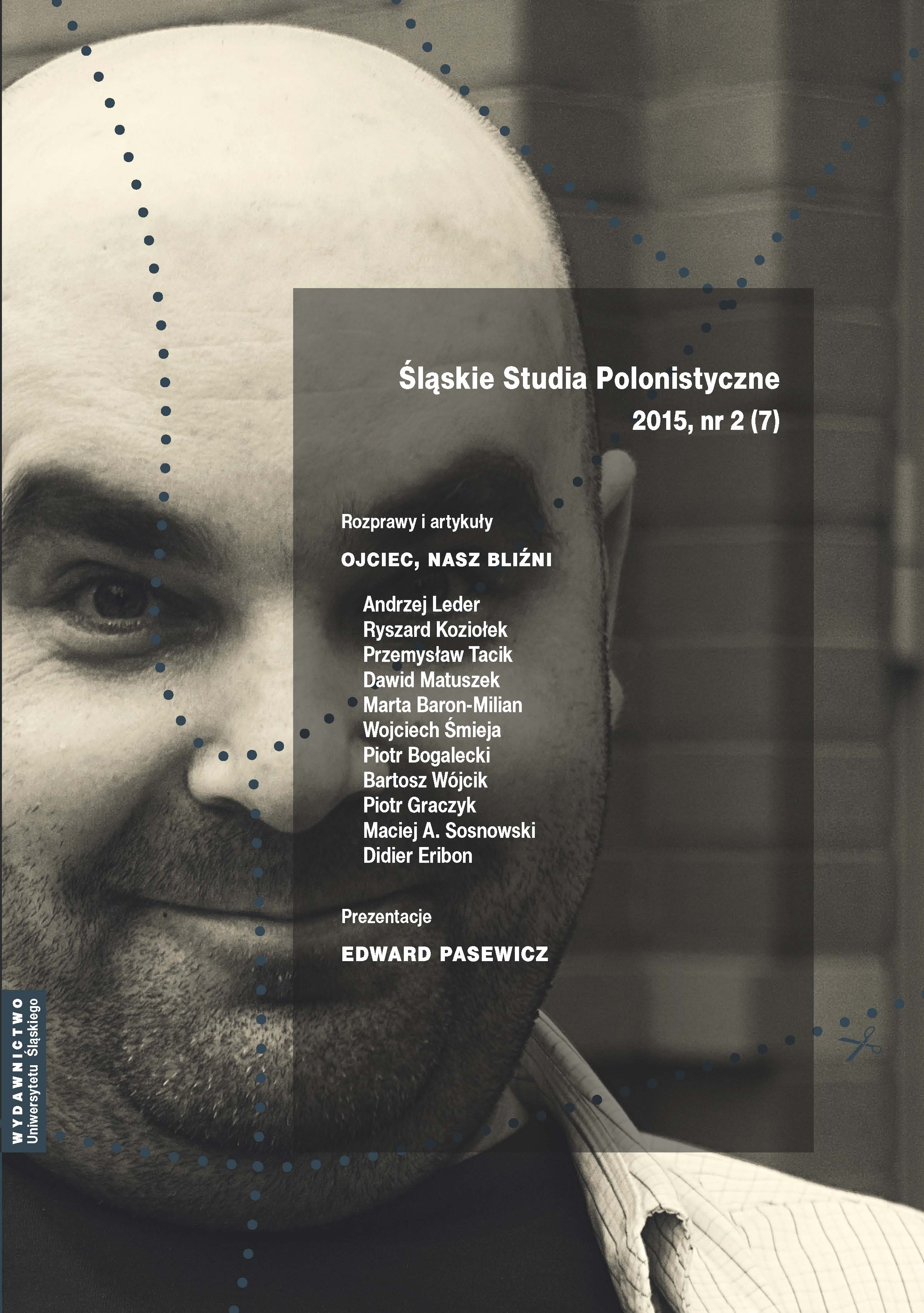
The Construction of Identity in a Consumerist Society: Delillo’s Jack Gladney
This paper deals with the construction of the postmodern identity of Jack Gladney, the main character in Don DeLillo’s White Noise (1985). Employing (post)modern, social psychology, and psychoanalytic theories of Zygmunt Bauman, Erich Fromm, Jean Baudrillard, and Gilles Lipovetsky, it analyzes the construction of Gladney’s character through his social roles as professor, husband, and consumer in the narrow sense of the word in order to deduce that his consumerist practices have spread to all aspects of his life. This reading reveals a new interpretation of Gladney’s fear of death; it shows that Gladney’s thanatophobia represents a consequence of his atheistic worldview. Namely, unable to find a haven in religion, he unsuccessfully seeks the meaning of life and death elsewhere, mainly in consumerism, which is identified as the source of his alienation from himself, people, and God. This paper suggests that numerous problems of postmodern life are caused by the lack of faith in God and proposes a conclusion that religion itself could be the answer to the difficulties faced by postmodern individuals with fragmented identities such as Jack Gladney.
More...

![Humor: Views, Practices, Techniques [Хуморът: прочити, практики, техники]. Edited by Dafina Stefanova, Stanoy Stanoev. Sofia: Professor Marin Drinov Academic Publishing House, 2013](/api/image/getissuecoverimage?id=picture_2016_24533.jpg)




